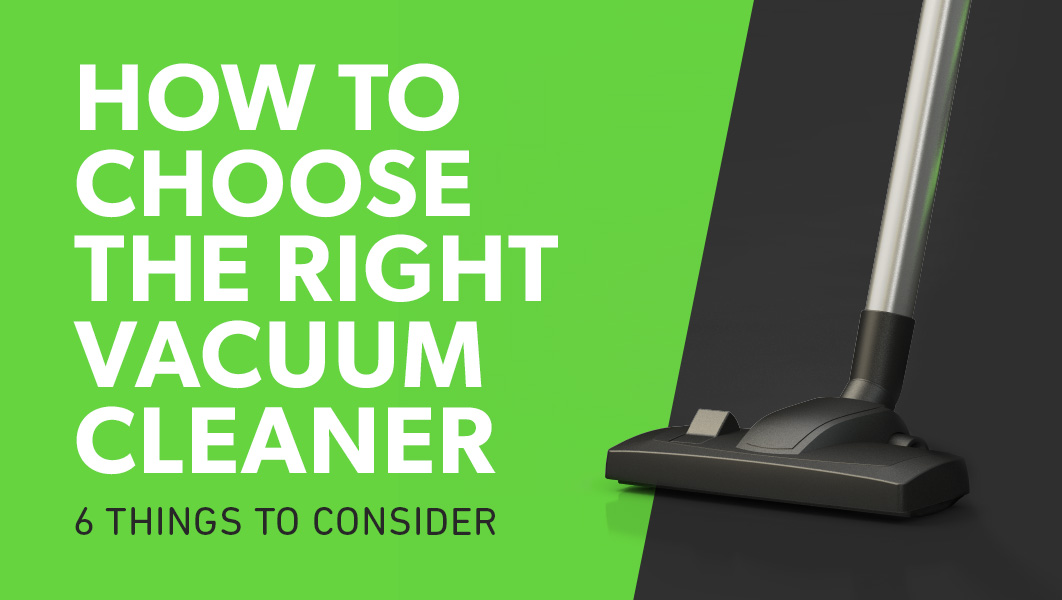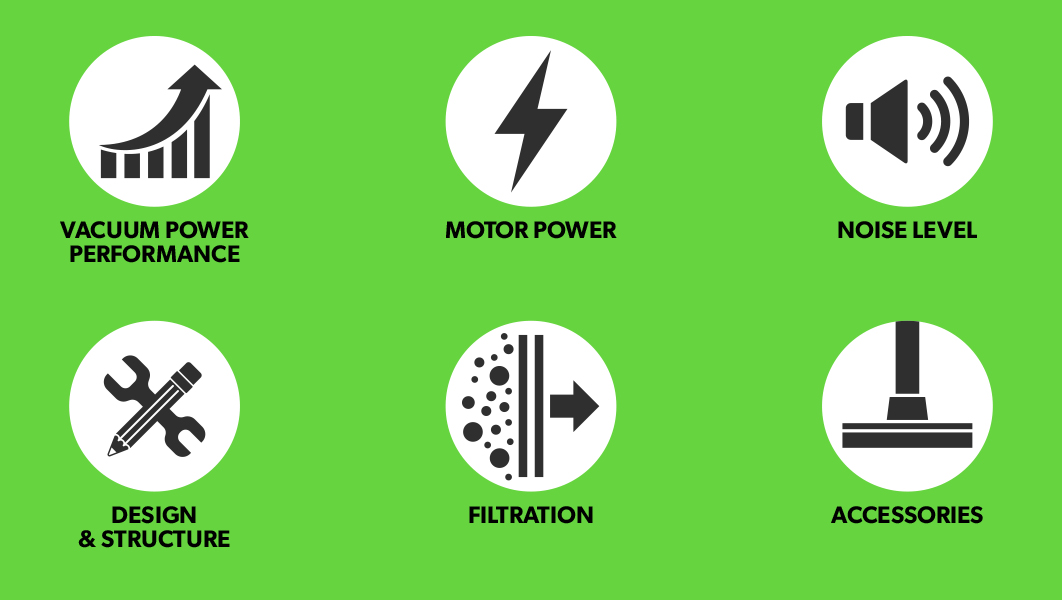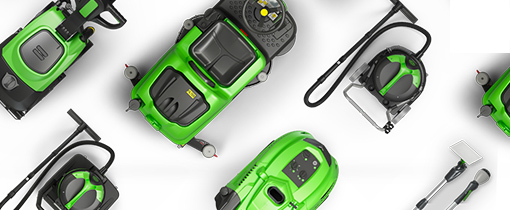
Estimated reading time: 5 minutes
The vacuum cleaner is an essential cleaning tool for workplaces such as the hospitality industry, offices, shops and factories. In fact, it is used to remove dust and other residues from floors and surfaces, guaranteeing a clean and safe environment.
The professional/industrial vacuum cleaner is comprised of a suction motor connected to a nozzle, by a hose, through which the material is recovered into a collection bag (if applicable) or into the collection tank.
There are various types on the market: dry vacuums, wet & dry vacuums, carpet cleaners, vacuums for special and industrial applications. To make the right purchase, it is important to know what elements need to be considered.
What guides us through the selection process essentially depends on what it will be used for.
Choose the vacuum based on your needs: environment and use.
The first step towards choosing a vacuum correctly is understanding one’s needs. Where will it be used? For how long? What does it need to pick up? These are the three key questions that one must ask before making the purchase. In fact, choosing based on needs means considering the two following factors:
- Type and dimensions of the environment
- Type and amount of material to collect
- Frequency of use
For more details, download the data sheet: HOW TO CHOOSE THE RIGHT VACUUM.
Choose based on the technical features: 6 aspects to consider.
Once your needs have been defined, it is necessary to assess certain technical characteristics to compare the various models. Some of the parameters to take into consideration, in addition to the overall dimensions, weight, practical use, are, for example, motor power, vacuum power performance, noise level and filtration system.
When a vacuum is purchased, it is necessary to consider some important technical and functional features that have repercussions on the efficiency and productivity of the appliance.
Let’s take a look at the main ones together:
- Vacuum power performance
- Motor power
- Noise level
- Design & structure
- Filtration
- Supplied accessories
1. VACUUM POWER PERFORMANCE
The two main indicators to determine vacuum power performance are water lift and airflow.
The water lift is measured in mmH2O, mbar or kPa. It represents the suction force and is the reference parameter for vacuuming liquids and heavy materials.
The airflow is measured in m3/h or in l/s. This expresses the air volume intake and is the reference parameter for the suction of fine dust and light materials.
2. MOTOR POWER
The motor power is expressed in Watts, kW or in HP. It depends on the type and number of motors that the vacuum is equipped with. The choice of number of motors and therefore the power must be proportionate to the application and the amount of material to be vacuumed.
Usually two types of motors are used: 1-stage or 2-stage. 1-stage motors are characterised by greater airflow while 2-stage motors by greater vacuum.
3. NOISE LEVEL
The noise level, expressed in decibel dB(A), is another parameter to be assessed. Even if not strictly linked to efficiency, it certainly has consequences on comfort, especially if the vacuum is used in a noise-sensitive environment.

4. DESIGN & STRUCTURE
Another element to be analysed is the structure: weight and dimensions, maximum reachable distance and manoeuvrability.
Overall dimensions and weight vary depending on the model and the application/environment. If the vacuum is on wheels and must be used for cleaning activities such as offices, shops, medium-small spaces, it is important that it is not too heavy (less than 10 kg). On the other hand, if it is used in industrial environments, for example, these factors become secondary. Plus, the collection tank can be larger or smaller and made with different material: plastic or steel.
On top of this, it is also necessary to consider the length of the power supply cable: IPC vacuums are generally equipped with an 8-metre power supply cable that guarantees a broad range of action.
Another aspect worth assessing is the handling system, considered as the trolley and wheel type. For example, with outdoor applications, vacuums with carts featuring large rubber-coated wheels are preferred to guarantee the best manoeuvrability even on rough floors.
5. FILTRATION
All vacuums are equipped with a series of high efficiency filters that avoid the collected dirt from being released back into the environment.
The bag can be considered the first collecting element. All “only dry” vacuums are usually equipped with a microfiber bag, tear and breakage resistant, that collects dust. In addition to the bag there is also an upstream filter that protects the motor from the suctioned dust, and a downstream filter that stops dust from circulating back into the environment.
There are different types of upstream filters: main polyester filter, washable polyester cartridges or HEPA with high filtration efficiency.
To guarantee high performance and protect vacuum function, it is necessary to plan periodic maintenance interventions and change the filters on a regular basis.
For more details, download the data sheet: THE IMPORTANCE OF THE FILTRATION SYSTEM TO CONTROL AIR CONTAMINATION.
6. SUPPLIED ACCESSORIES
Usually every vacuum is equipped with various accessories to perform different types of suction. In the vacuum selection stage, it is necessary to check the number and type of supplied accessories and the recommended optional features. The most common accessories, in addition to the suction hose, wand and tubes/extensions, are:
- Flat lance: to collect dirt from narrow grooves and hard-to-reach corners
- Round brush: to vacuum delicate surfaces
- Double use/universal brush: for cleaning hard floors as well as rugs and carpets
- Wet brush/Squeegee: to lift liquids
Conclusions
On the market there are many vacuums that differ by their application, performance and technical characteristics. In the decision-making stage, it is always best to seek expert and qualified personnel who can guide the customer from the initial consultation to the purchase, to the end of the product’s service life, therefore providing a complete and customised service.
For more information, visit our product page dedicated to vacuums!
Or send us your queries at info@ipcworldwide.com, we will be happy to provide all the support you may need.
Don’t forget to also follow us on our social media pages! Instagram – LinkedIn – YouTube
